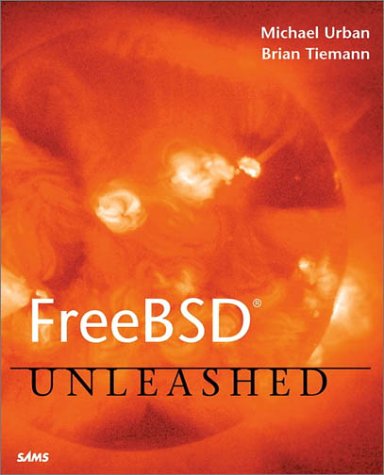NOTE : la seconde édition de cet ouvrage est projetée pour avril 2003.
This book teaches the reader everything he/she needs to know in order to use FreeBSD to its full potential. It will show individuals how to use the same FreeBSD power that Yahoo!, the Internet Movie Database, and many other high profile internet sites depend on. Whether someone needs an enterprise class server, a small business server, or a dependable workstation, this book can be a very economical and powerful solution to your needs.
À propos des auteurs
Michael Urban is a biology student at the University of Minnesota. He has been working with various forms of Unix-like operating systems for several years including FreeBSD, Linux, and Solaris. Michael has worked as a technical analyst, and is now a systems administrator and webmaster for the Lion Research Center. He also does software development for them, including the development of Web-enabled database applications. When he is not studying for exams, or writing new Perl or Java code, he can usually be found immersed in research material on African lions.
Brian Tiemann has been a constant user of FreeBSD since his student days at Caltech, where he used it to build a movie fan Web site that has continued to grow and sustain more and more load until the present day. Born in Ukiah, California, Brian has remained in the state all his life; he currently lives in San Jose and works in the networking appliance field. Aside from FreeBSD, his other interests include Macintoshes, motorcycles, and animation.







